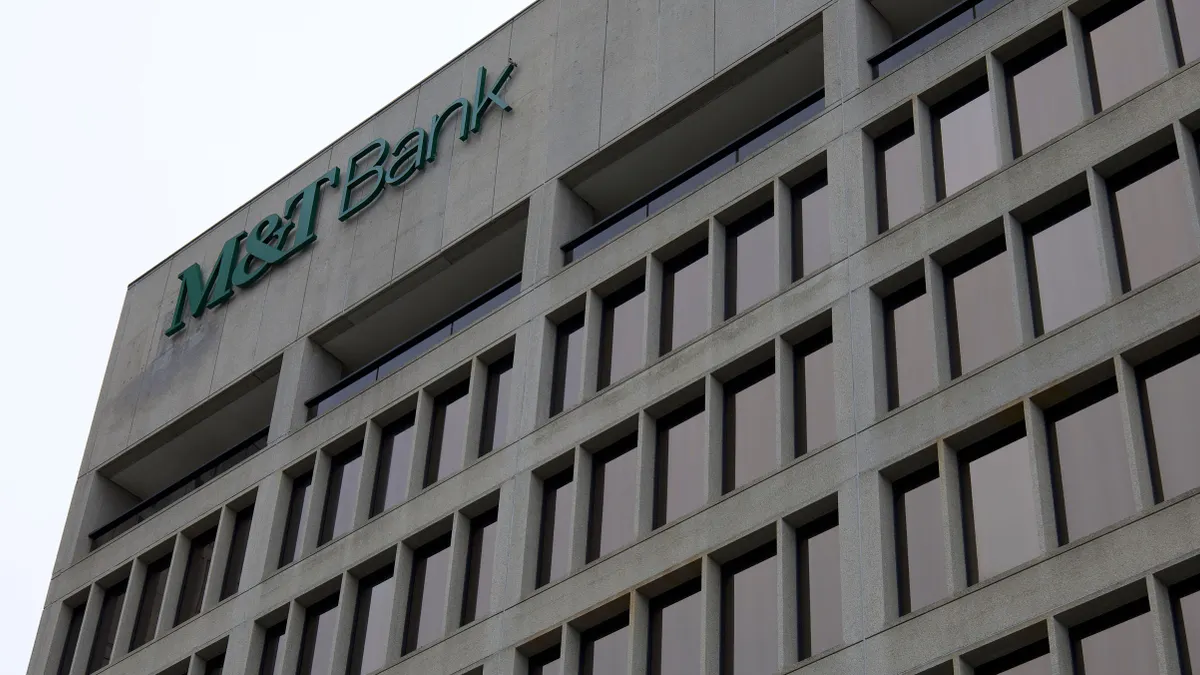As the global banking landscape undergoes rapid transformation, consumer behavior is at the forefront of driving change. According to a recent report by McKinsey, over 75% of consumers now expect personalized and seamless banking experiences across both digital and physical channels. This shift is compelling financial institutions to rethink their service models, embracing innovative solutions.
Therefore, the need for banks to offer more agile, efficient and customer-centric services has become paramount. This has led to the rise of phygital banking, where physical and digital banking services converge to create a seamless customer experience. For banks, embracing this convergence is not merely an option but a strategic necessity to stay competitive.
However, the challenge lies in seamlessly integrating these two worlds. Consumers demand the convenience of digital channels without sacrificing the personalized service and trust associated with traditional banking. To meet these expectations, financial institutions must innovate continuously, adopting new technologies and service models that allow them to deliver consistent, high-quality experiences across all touchpoints.
The Impact of “As a Service” Models
The “as a service” model has transformed various industries. Originating with software-as-a-service (SaaS), this model has expanded to include infrastructure-as-a-service (IaaS) and payment-as-a-service (PaaS). The flexibility and scalability provided by these models have been game-changers, particularly for neobanks, which have disrupted the financial industry with their digital-first approach.
Traditional banks can leverage these “as a service” solutions to streamline operations, enhance efficiency and focus on their core business priorities without the burden of maintaining in-house systems. By adopting such models, banks can swiftly adapt to market changes and meet consumer demands for speed, convenience and sustainability.
Issuance-as-a-Service: Transforming the Card Issuance Process
The concept of Issuance-as-a-Service represents a significant leap in modernizing the card issuance process. With Giesecke+Devrient (G+D)’s modern payment card issuance platform Convego® Service Market as a prime example, this modular approach consolidates various card issuance services, making it easier for banks and financial service providers to access and utilize advanced solutions that enhance the phygital banking experience. By streamlining onboarding processes, issuers can seamlessly integrate all relevant apps and APIs, optimizing the entire issuance journey.
Issuance-as-a-Service offers a comprehensive range of tailored solutions, starting from digital-first card issuing, to frictionless and secure card activation. Recognized as a key advancement in modern banking, these offerings simplify access and improve operational efficiency. Additionally, a developer-friendly environment, including access to APIs and sandbox testing, provides a robust customization and integration platform for banks’ developers. For issuers lacking development resources, out-of-the-box portal applications offer a straightforward way to get started with minimal integration effort.
Furthermore, Issuance-as-a-Service reduces the costs associated with card production, personalization and distribution. The seamless integration with digital banking platforms allows customers to request, receive and manage cards through mobile apps or online portals, enhancing the overall user experience.
Navigating the Future of Phygital Banking
In general, the financial industry is witnessing significant shifts in partnerships and regulatory landscapes. Collaborations between traditional banks and fintech innovators are becoming more prevalent, leveraging each other's strengths to advance Issuance-as-a-Service capabilities within a phygital framework.
Regulatory compliance and cybersecurity are critical in this new era, ensuring that customer data is protected and used ethically. By adhering to stringent security standards and secure issuance solutions, banks can build trust with both customers and regulators, fostering sustainable growth and innovation.
And as customer expectations continue to rise, banks are advised to embrace a phygital model, and converge physical and digital services, to lead the charge in shaping the future of the industry. By partnering with innovative service providers, banks can confidently navigate the complexities of the digital age, ensuring a secure, efficient and personalized banking experience for their customers.










